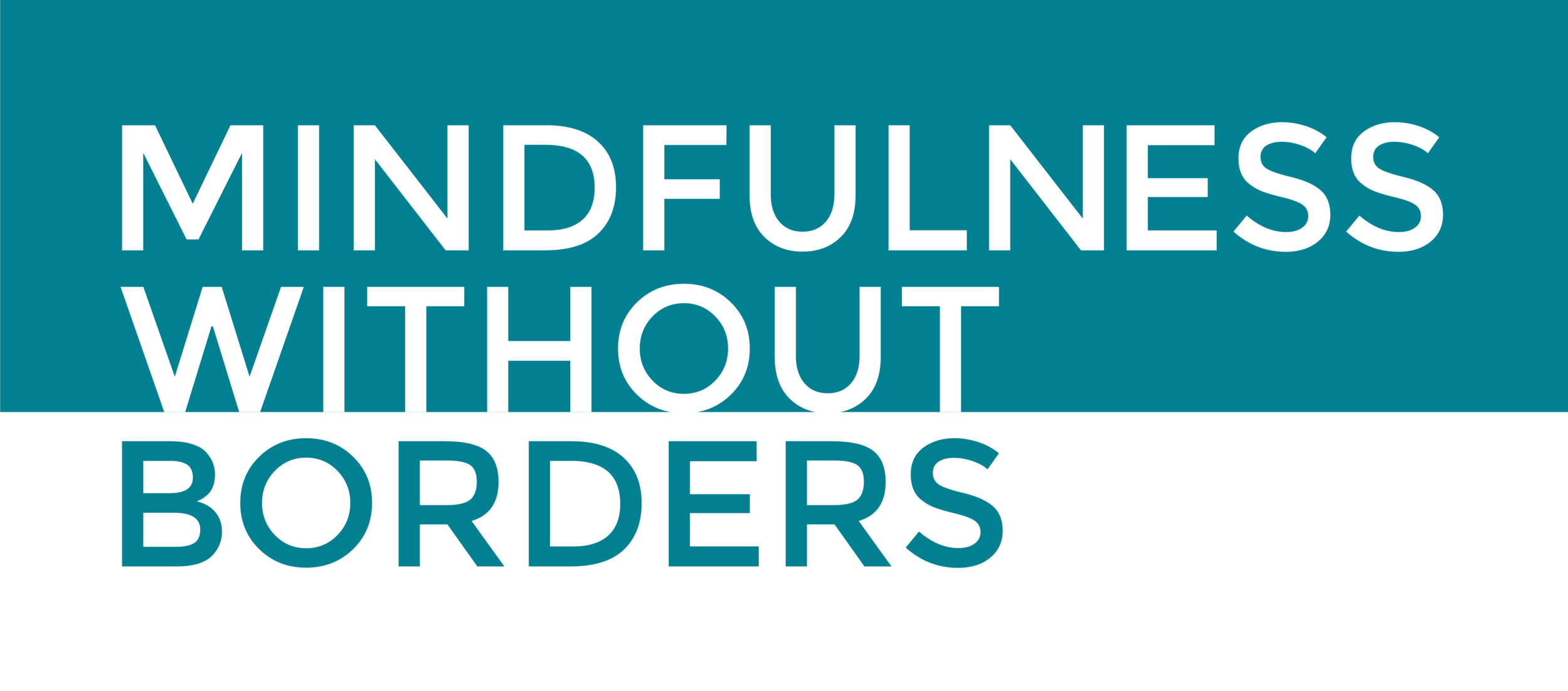Anyone familiar with Canadian family law has heard the phrase “best interest of the child”. It’s the ONLY criterion a judge can use to decide on disputes between parents. That says a lot. The convenience of the adult doesn’t matter, only the welfare of the child(ren).
In my experience as a family mediator, working with parents getting divorced, this “best interest” principle provides a solid foundation. If adults disagree on any parenting issue, the only argument that works is to explain how your position promotes your child’s best interest.
It is an elegant measuring tool. It banishes all discussion of who is a better spouse, parent or person. Canadian Family Law has been a no fault process since 1968. Instead of judging who was right or wrong in the past it simply seeks the best decisions for the children’s future.
But like many enlightened principles, the devil is in the detail. How do you predict what’s in the child’s best interest? Let’s see how this can play out in key issues.
Should We Divorce?
Does our child fare better if we stay together, or if we separate our homes and financial resources? Contrary to popular belief, divorce can actually be better for children. Child psychologists generally agree that the single greatest predictor of long term mental health issues for children is not whether their parents were divorced, but whether they were exposed to prolonged, unresolved conflict. Cold, silent conflict is as harmful as the loud, hot variety. So the verdict is, if you can’t resolve your ongoing conflict, the best interest of the children may well be to separate.
What Parenting Schedule?
This can be intensely difficult to decide. Women are more often the primary caregiver for very young children, yet mom needs to let go eventually because close bonding with dad is equally important. Shorter blocks of time with each parent work best in the early years, while older children thrive on less shuttling back and forth. In other words, schedules should evolve over time. To do that without conflict, positive communication is essential, which is one main benefit of mediation over court.
Parenting Style – Hers or His?
Both. Mom might be strict and dad more playful. Or dad cooks vegan and mom orders out. If you’re living in separate homes this isn’t your problem. When the kids are with you, do it your way, and give your ex space. Kids benefit from the best of both worlds. Instead of worrying, try having faith in their natural intelligence. In the long run your kids will gravitate toward the parenting style that is most healthy for them.
Who’s the Boss?
In my child protection training I learned to “give the child a voice, but not the choice”. Adults are responsible for decision-making. But decisions truly in the best interest of the child require the adult to be attuned to their changing needs and emotions. That means asking. And listening. And maybe inquiring about the solution they think is best. This begins an early training in thinking through the pros and cons of difficult decisions. Although the final decision is yours, the more you collaborate with the child on arriving at it, the more empowered by it they will be.
I “best interest” principle may not be easy to employ, but it provides a wise guide to our thinking.
ABOUT THE AUTHOR
Mike MacConnell, founder of Reflective Mediation, is an accredited family mediator, conflict coach, educator and author. He is the highest-ranked mediator on Google in the greater Toronto area, with over 180 5-star reviews. To book your free consultation click here.















